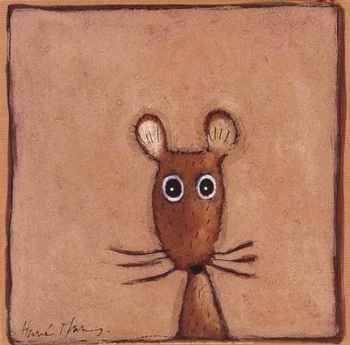The health benefits of animals have been praised for years. Pets lower blood pressure, relieve stress, and prevent depression. Many families have pets for these exact reasons, but what about the educational benefits?
 Many teachers shy away from using pets as a supplement to their curriculum because they worry about the care involved, but preschoolers can learn so many things by being exposed to animals.
Many teachers shy away from using pets as a supplement to their curriculum because they worry about the care involved, but preschoolers can learn so many things by being exposed to animals.
Caring for a pet teaches responsibility and empathy. Preschoolers are used to parents and teachers doing things to help them but they do not get many opportunities in their lives to take care of others. Beings responsible for the care of a classroom pet will raise a child’s self-esteem and teach them a wonderful character trait that will help them for the rest of their lives.
Preschoolers can learn about the life cycle first hand. Sadly many children have already experienced the death of a loved one. Death brings complicated emotions for anyone, but preschoolers have a particularly hard time coping. If a classroom pet dies it is upsetting to preschoolers but it can be used as a valuable teaching experience to prepare them for harder things that they may face down the road.
Animals get preschoolers excited about learning. Early in a child’s educational career, it is important to instill in them a love of learning. They need to explore new interests and expand their view of the world. All it really takes is finding one thing that they are passionate about to set them on the right track.
Pets can relieve stress in the classroom. No one learns well when they are tense and preschoolers are no exceptions. There will always be things in the classroom that cause stress, but animals may provide an outlet for kids that are struggling. Watching a fish tank can be extremely relaxing. A worked up preschooler can be calmed by watching the peaceful movements of the fish.
Consider the care a pet will need. Whatever you choose for your classroom pet, be sure that you have the time and the resources to meet any needs that may arise. Find out what the life expectancy of the animal is. Make sure the diet they require is one that you are comfortable with. Some pets eat live food such as crickets. Sick animals may need to be cared for by a vet. It is better to know what the problems may be before they come up.
Choose a pet that is a good fit for your preschoolers. Do the research before choosing your class pet. Some popular choices are hamsters, rabbits, fish, birds, guinea pigs, turtles, and frogs. Hamsters can be put in a ball to run around the room but they can bite if handled roughly. Fish require minimal care and are protected from anxious hands by the glass of the tank. Avoid pets that are likely to show aggression towards preschoolers and make sure that none of the children that will be near the animal have allergies.
A classroom pet can be a wonderful addition to a preschool program if you make a choice that meets all the needs of your class.
